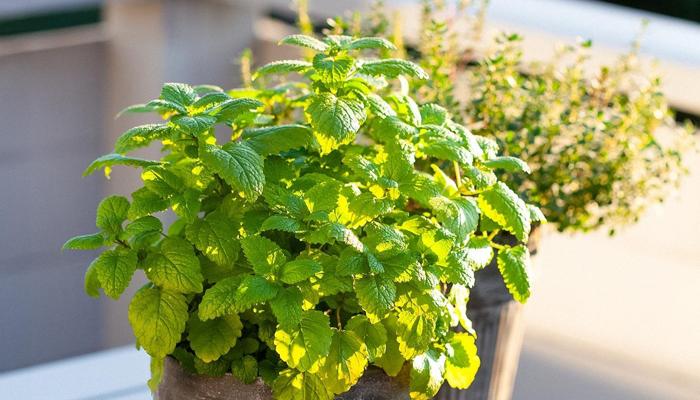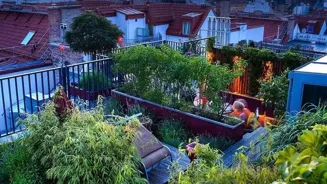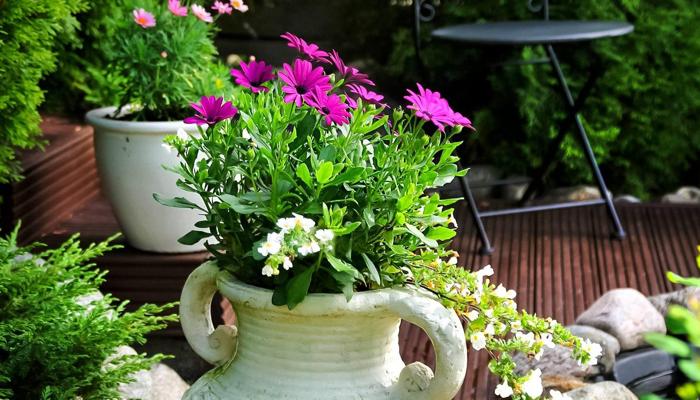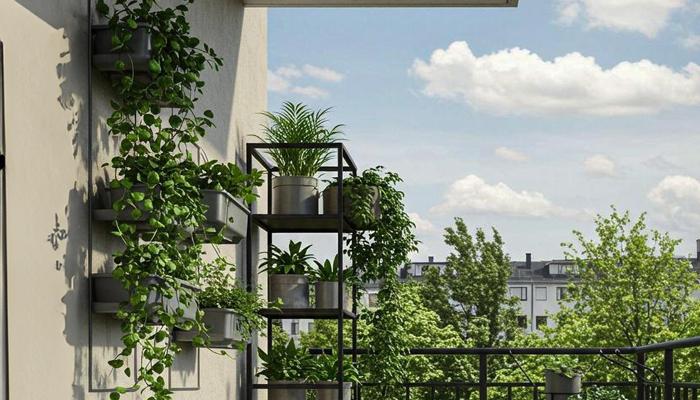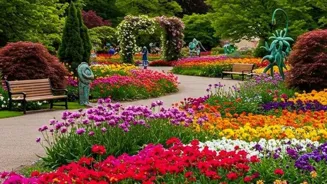Discover how Urban Gardening is revolutionizing city life in India. From fresher food to greener spaces, explore the impact
Our ever-growing Indian cities, bursting with concrete jungles and busy streets,
are finding pockets of green amidst the grey. Urban gardening, the practice of cultivating plants in an urban environment, is sprouting up everywhere – from rooftops and balconies to community plots and vacant lots.
This isn’t just a fleeting trend; it’s a quiet revolution, transforming the way we live, interact with our spaces, and think about our food. Let's explore the seven significant ways urban gardening is making a real difference in city life across India.
Fresher, Healthier Food on Your Plate
One of the most direct benefits of urban gardening is access to fresh, locally grown produce. Imagine plucking ripe tomatoes from your balcony garden for your salad or snipping fresh mint for your chai.
Urban gardens provide a source of fruits, vegetables, and herbs that are often much fresher and more nutritious than what you find in the market. When you grow your own food, you have complete control over what goes into it, avoiding harmful pesticides and chemicals.
This is especially crucial in cities where food miles are high, and produce may have lost its quality during transportation. Furthermore, growing your own food connects you directly to the source, fostering a deeper appreciation for the food we eat.
This can lead to healthier eating habits and a greater understanding of where your food comes from. Even a small container garden can significantly supplement your diet with fresh, vitamin-rich ingredients.
The joy of harvesting something you've nurtured from seed to table is unparalleled, making urban gardening a satisfying and rewarding experience. It's about taking control of your food source and enjoying the taste of truly fresh, homegrown goodness.
Greening the Concrete Jungle: A Breath of Fresh Air
Cities are often characterized by their lack of green spaces, leading to increased air pollution and higher temperatures. Urban gardens act as mini-oases, helping to combat these environmental challenges.
Plants absorb carbon dioxide, a major greenhouse gas, from the atmosphere and release oxygen, improving air quality. This is particularly important in densely populated urban areas where air pollution levels are often high.
Furthermore, urban gardens help to reduce the "urban heat island effect," where cities tend to be significantly warmer than their surrounding rural areas.
The vegetation provides shade and helps to cool the surrounding air through evaporation, making cities more livable, especially during the scorching summer months.
Moreover, these green spaces contribute to biodiversity in urban environments, attracting birds, butterflies, and other beneficial insects, creating a more balanced ecosystem.
Urban gardens transform sterile concrete landscapes into vibrant, breathing spaces, improving the overall environmental health of the city. By adding greenery, we make our cities more pleasant and sustainable places to live.
Building Stronger Communities: Gardening Together
Urban gardens are more than just places to grow food; they are hubs for community building. Community gardens bring people together from different backgrounds, fostering a sense of shared purpose and belonging.
Working side-by-side in the garden allows neighbours to connect, share knowledge, and build relationships. These shared experiences can strengthen social bonds and create a more cohesive community.
Community gardens also provide opportunities for intergenerational learning, where older generations can pass on their gardening knowledge to younger ones.
Moreover, these gardens can become focal points for community events, such as harvest festivals, workshops, and potlucks, further strengthening community ties. By creating shared green spaces, urban gardens promote social interaction and create a sense of ownership and pride in the neighbourhood.
They are places where people can connect with nature, with each other, and with their community, fostering a stronger sense of belonging and civic engagement. In a world that can often feel isolating, urban gardens offer a space for connection and collaboration.
Enhancing Mental Well-being: A Therapeutic Dose of Nature
Spending time in nature has been proven to have numerous benefits for mental and emotional well-being. Urban gardening provides a convenient way to connect with nature within the city, offering a respite from the stresses of urban life.
The act of gardening itself can be incredibly therapeutic, providing a sense of calm and relaxation. Tending to plants can be a mindful activity, allowing you to focus on the present moment and escape the worries of the day.
The visual beauty of a garden, with its vibrant colours and lush greenery, can also have a calming effect, reducing stress and anxiety.
Furthermore, the physical activity involved in gardening, such as digging, planting, and weeding, can be a great form of exercise, releasing endorphins and boosting mood.
The sense of accomplishment that comes from nurturing plants and watching them grow can also increase self-esteem and provide a sense of purpose.
Urban gardens offer a much-needed escape from the concrete jungle, providing a space for relaxation, rejuvenation, and connection with nature, ultimately contributing to improved mental well-being. It's a dose of nature that is easily accessible and incredibly beneficial.
Promoting Sustainable Living: Growing a Greener Future
Urban gardening plays a crucial role in promoting sustainable living practices. By growing food locally, urban gardens reduce the need for long-distance transportation, decreasing carbon emissions and supporting local economies.
This helps to minimize the environmental impact associated with food production and distribution. Furthermore, urban gardens often incorporate sustainable gardening techniques, such as composting, rainwater harvesting, and natural pest control, which further reduce their environmental footprint.
Composting helps to recycle organic waste, reducing the amount of waste sent to landfills. Rainwater harvesting conserves water resources, reducing the strain on municipal water supplies. Natural pest control methods avoid the use of harmful chemicals, protecting the environment and human health.
Urban gardens also serve as educational tools, teaching people about sustainable living practices and encouraging them to adopt more environmentally friendly habits in their daily lives.
By embracing urban gardening, we can create more sustainable and resilient cities, reducing our reliance on external resources and promoting a more environmentally conscious lifestyle.
It's about taking responsibility for our impact on the planet and creating a greener future for generations to come.
Beautifying Urban Spaces: Adding Colour to the City
Urban gardens transform neglected and underutilized spaces into vibrant and beautiful green areas. Vacant lots, rooftops, and balconies can be transformed into thriving gardens, adding colour, texture, and life to the urban landscape.
These green spaces can improve the aesthetic appeal of neighbourhoods, creating a more pleasant and inviting environment for residents and visitors alike. Furthermore, urban gardens can enhance property values, making neighbourhoods more desirable.
A well-maintained garden can be a source of pride for the community, creating a sense of place and identity. Moreover, urban gardens can serve as public art installations, showcasing creativity and adding a unique character to the city.
By reclaiming unused spaces and transforming them into green oases, urban gardens beautify the urban environment and create a more visually appealing and stimulating place to live. It's about turning grey spaces into green spaces and adding a touch of beauty and nature to our cities.
